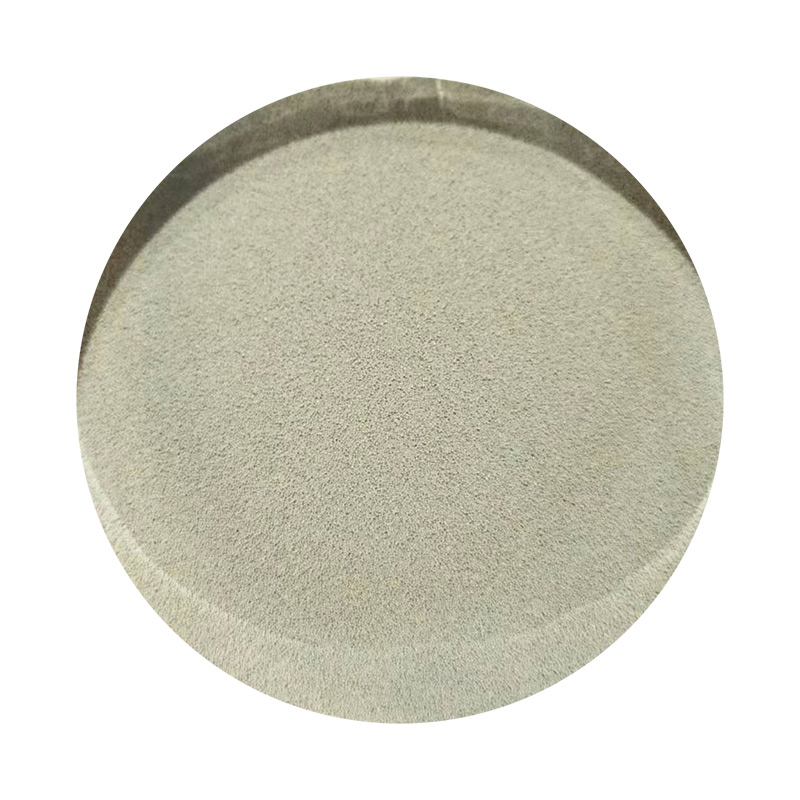What is Gold Sand?
Gold sand, often referred to as gold dust or gold flecks, is a term that describes tiny particles of gold that are found in sandy deposits, particularly in riverbeds or along the banks of water bodies. These particles play a significant role in various fields, from geology and mining to jewelry making and investment. But what exactly is gold sand, and why is it important?
The Formation of Gold Sand
Gold sand is formed as a result of natural processes that erode gold-bearing rocks. Over millions of years, wind, water, and weathering wear down these rocks, separating the gold particles from their original substrates. These tiny flecks or grains can then be transported by water, settling in locations where the current loses its energy, such as the inside bends of rivers or near the shorelines.
The efficiency of this process means that gold sand is often associated with placer deposits—accumulations of valuable minerals formed by the gravitational concentration during sedimentary processes. The density of gold makes it conducive to settling at the bottom of rivers, creeks, and lakes, where it can form rich deposits that become targets for small-scale and commercial mining operations.
The Importance of Gold Sand
Gold sand has garnered significant attention for various reasons. Firstly, from an economic standpoint, it represents a potential source of revenue. Gold mining has a long history, and many prospectors have earned their livelihoods by panning rivers for gold sand. This method, known as placer mining, involves searching for gold particles in sediment and is considered one of the oldest forms of mining.
In addition to economic importance, gold sand has cultural significance. Many cultures, particularly in mining towns and regions where prospecting was prevalent, have rituals and traditions rooted in the search for gold. The allure of gold has driven many historical events, such as the California Gold Rush, which had profound impacts on migration, settlement patterns, and even national economies.
what is gold sand

Extraction and Processing
The extraction of gold sand involves several methods depending on the location and scale of the operation. Recreational gold panning is a popular hobby where individuals use simple tools like pans, sluices, or even highbankers to sift through sediment to find gold particles. This process requires patience and an understanding of river dynamics, as finding gold can often be akin to searching for a needle in a haystack.
For larger-scale operations, more industrial techniques are used. These include dredging, where large machines excavate riverbeds, and hydraulic mining, which involves high-pressure water jets to dislodge underlying materials. Regardless of the method, the environmental impact of gold mining remains a critical concern. Ecosystems can be disrupted, and water quality can deteriorate due to sediment runoff and chemical processing used to extract gold.
Gold Sand in Jewelry Making
Another significant aspect of gold sand is its application in jewelry-making. While gold dust itself may not commonly be used in high-end jewelry, artisans sometimes incorporate it into various designs, creating unique pieces that boast a rustic or natural aesthetic. Gold sand can also be melted down and refined to create pure gold that can be fashioned into jewelry.
Conclusion
In summary, gold sand is more than just a natural phenomenon; it is a resource that holds economic, cultural, and environmental significance. Whether one is a gold prospector, a jewelry maker, or simply a history enthusiast, understanding gold sand provides insights into the interplay between nature and human endeavor. As the quest for gold continues, the allure of gold sand remains undeniably captivating, drawing individuals from all walks of life to the rivers and streams where it can be found.
Post time:डिस . 19, 2024 03:06
Next:Specification Guidelines for Resin Coated Sand in Industrial Applications
